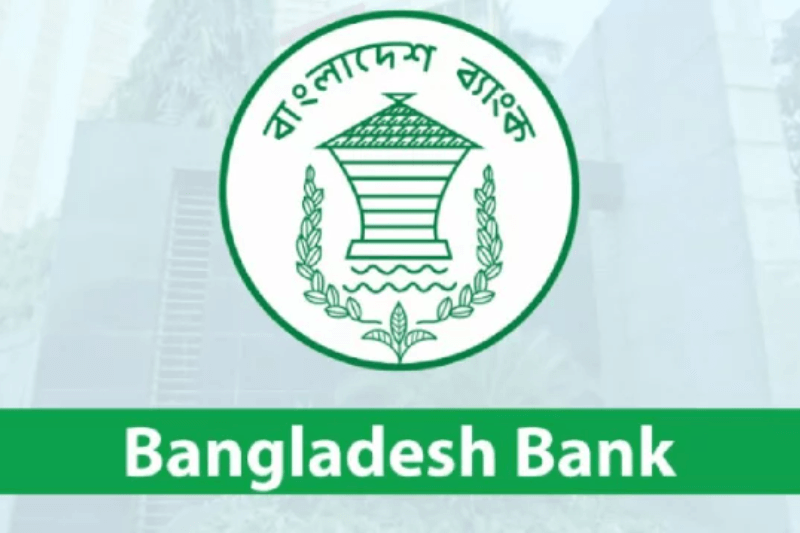IRS Stimulus Checks 2025: Everything You Need to Know About Potential $1,390 Relief Payments
As American households continue to feel the pinch from inflation, the possibility of renewed financial relief through IRS stimulus checks in 2025 has sparked fresh hope. While not officially confirmed yet, credible reports indicate that a proposed $1,390 payment may be heading toward eligible citizens — a potential lifeline in these economically strenuous times.
The rising cost of groceries, housing, transportation, and utilities has significantly burdened middle and low-income families. This new round of stimulus, if approved, aims to alleviate the mounting financial pressure many households are currently facing. But while the figure of $1,390 is being discussed, many Americans are still unsure about the fine print: Who qualifies? When might payments arrive? And how will the funds be distributed?
A Nation in Need — But Also in Wait
Let’s be clear — there is no finalized rollout yet. The $1,390 relief payment is part of a proposal aimed at easing inflation's grip. However, the political climate is sharply divided. Some policymakers argue that another stimulus round is necessary to stabilize struggling families, while others warn of further fueling inflation if more money is injected into the economy.
Still, if one listens to the public, the mood is unmistakable: people are desperate for answers. In forums, social media threads, and public meetings, Americans are asking: “Is help coming soon?”
Who Might Qualify?
Although official guidelines are pending, eligibility is expected to mirror past stimulus packages:
-
Individuals earning below $75,000/year
-
Couples making under $150,000/year
-
Possibly expanded support for families with children or Social Security beneficiaries
-
Taxpayers who filed their 2023 or 2024 tax returns
In essence, the goal seems to be to target those most vulnerable to price shocks and housing instability.
How and When Might It Be Distributed?
Should Congress approve the measure, the IRS would likely utilize its existing payment infrastructure, similar to previous checks. That means:
-
Direct deposit for those with bank info on file
-
Paper checks or EIP debit cards for others
-
A possible disbursement window between late Q1 to mid-Q2 2025
Still, the timeline could shift depending on legislative hurdles and budget negotiations.
Final Thoughts: A Band-Aid or a Boost?
Critics argue that a one-time check, no matter how welcome, won't address deeper issues like wage stagnation, housing scarcity, or healthcare costs. But supporters say even temporary relief can be transformative for those on the brink — paying off bills, securing rent, or simply putting food on the table.
At a time when the cost of simply existing feels out of reach for many Americans, this proposed stimulus check may not fix the system, but it could provide a much-needed pause from the stress — and sometimes, that’s enough to survive another day.

.png)

Comments
Post a Comment